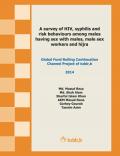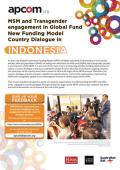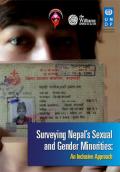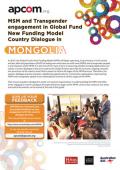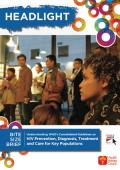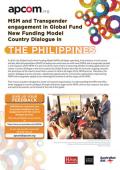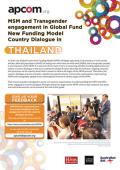Publications on Men Who Have Sex With Men (MSM)
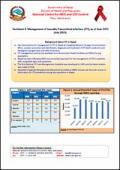
Resource | Fact Sheets,
Background about STI in Nepal:
- Key interventions for management of STI in Nepal are targeted Behavior Change Communication (BCC), condom promotion and distribution, diagnosis and treatment of STI (both syndromic and etiological management) and referral services.
- STI management services are available from Government Health Facilities and NGOs for key population.
- Nepal has been following WHO recommended approach for the management of STIs in patients with recognized signs and symptoms.
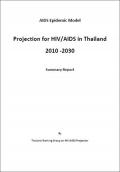
Resource | Publications,
Started in 2005, the Thailand Ministry of Public Heath by Bureau of AIDS and STI, the A2 Thailand and the Thai Working Group on HIV/AIDS Projections (2005) presented the HIV projection for HIV/AIDS in Thailand 2005-2025 using the Asian Epidemic Model. The results had been used to guide the National Strategic Plan.
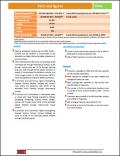
Resource | Fact Sheets,
Of the estimated 810 000 PLHIV, an estimated 46.9% contracted HIV through heterosexual contact, 20.3% through male‐to‐male sex, 25.7% through injecting drug use, 6.0% through former plasma donation or receipt of contaminated blood/blood products, and 1.1% through mother to child transmission (MTCT). There are significant increases in MSM transmission.






